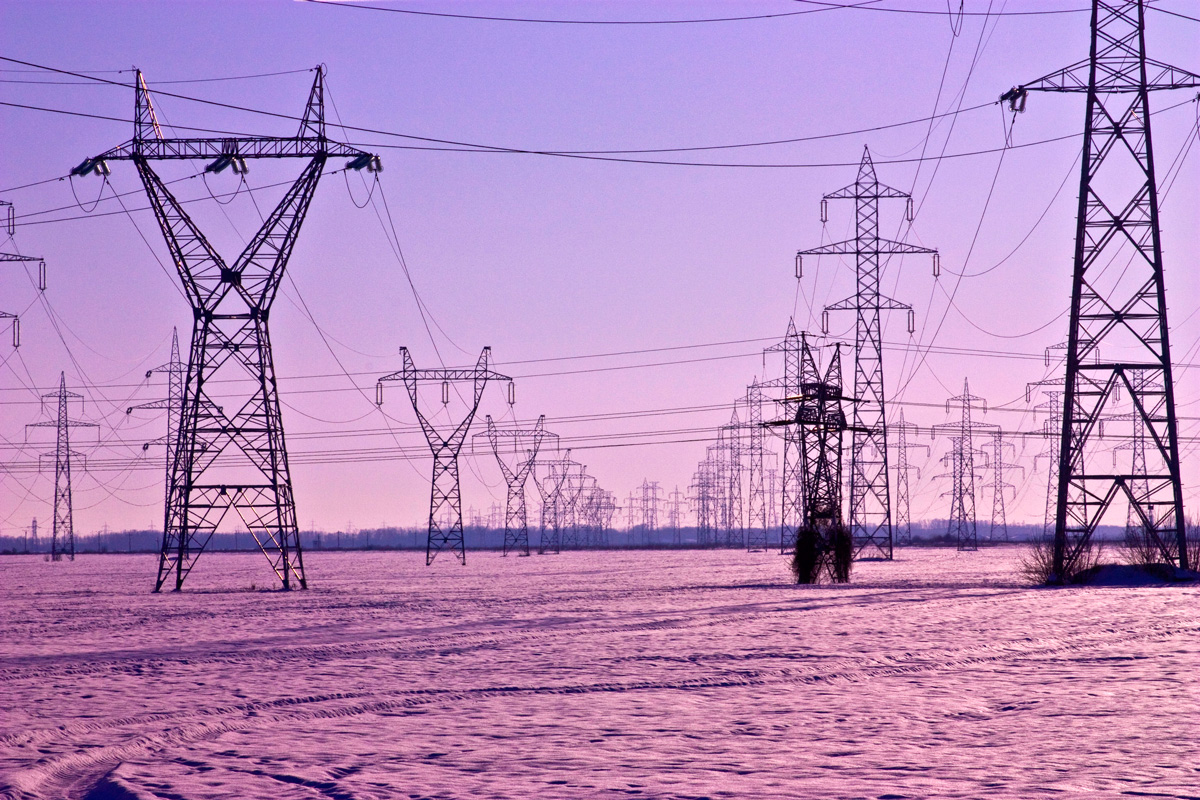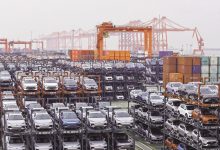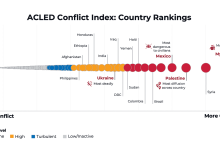Energy Minister promises vision and predictability
Energy Minister promises vision and predictability
[eltdf_separator class_name=”” type=”normal” position=”center” color=”” border_style=”” width=”” thickness=”12″ top_margin=”” bottom_margin=””][eltdf_separator class_name=”” type=”normal” position=”center” color=”” border_style=”” width=”” thickness=”12″ top_margin=”” bottom_margin=””]
The Ministry of Energy has announced that it will complete this autumn Romania’s energy strategy for 2016-2030. So far the first two chapters have been written, but the ministry has already gone to their revaluation in the context of changes on the energy market. The estimated deadline for completion is September 15, so that the final document will be submitted to Parliament for debate and accountability.
[eltdf_separator class_name=”” type=”normal” position=”center” color=”” border_style=”” width=”” thickness=”12″ top_margin=”” bottom_margin=””][eltdf_dropcaps type=”normal” color=”” background_color=””]C[/eltdf_dropcaps]urrently, Romania has a national energy strategy adopted in 2007, in force until 2020, but it has long been outdated. The Ministry of Energy promises that the new Energy Strategy “will offer a sustainable development vision of the country, including Romania’s path to the role of regional hub for production, storage and trading of energy; the focus will be on the energy consumer as the main beneficiary of the diversification of energy sources and services; the development of energy infrastructure with the introduction of smart technologies; transparent governance and professionalization of the energy act.” Establishing a clear vision on long-term regarding the priorities of the Romanian energy system is necessary given that the system is currently facing many problems. “We have a mining system facing problems because of poor management which is undergoing a process of resetting. Coal will continue to play an important role for the energy security at least on the medium term. The oil and gas sectors are marked by lower prices and consumption. A long-term anticipation is needed for the period when the low prices cycle will come to an end. The hydro-energy sector concludes a long period of restructuring, after which we will have a strong company ready to go to professional management, which can reposition as a flagship company of Romania,” said the Minister of Energy Victor Grigorescu recently. On the other hand, large companies in the oil and gas, which have significant investments planned in the coming years, call for predictability of the legislative framework, which is missing, no matter of what field we are talking about.
Major goals of the National Energy Strategy
- Security of energy supply and ensuring of economic and social development in the context of future growing energy demand;
- Ensuring economic competitiveness by maintaining a bearable price to end consumers;
- Environment protection, by limiting the effects of climate change.
The idea of energy mix resurfaces
According to Minister of Energy Victor Grigorescu the elaboration of the new strategy takes into account the realization of a diversified, balanced energy mix, with efficient use of all domestic primary energy resources and of modern technology that allow the long-term use of fossil fuel with low greenhouse gas emissions, of renewable energy and of nuclear energy. Against the background of financial crisis and economy contraction in recent years, the electricity consumption and consequently its price have fallen significantly both in Romania and at regional and global level. As a result, the installed production capacities are on surplus against the electricity demand. In Romania, there was a significant impact on the production capacity on coal, amplified by the separation of producers by generation sources (coal, gas, nuclear, hydro) and by the commissioning of new capacities using renewable sources.
Working sessions by sectors
Until April 15, the Ministry of Energy announced that it will hold working sessions by sectors (crude oil, petroleum products and natural gas, electricity, energy efficiency, cogeneration and energy demand management, energy governance, security and energy diplomacy) with the attendance of about 30 experts. The groups organize one-day working sessions and cover a number of common basic topics (the base of resources and of capacities, output, supply and demand, infrastructure, vulnerabilities and opportunities for each subsector, investment priorities, legislative priorities by sector, the situation of the vulnerable consumer and specific measures, strategic objectives by sector and proposals for ways to achieve them on short, medium and long term).
The integrated report for qualitative analysis of the entire national energy sector will be completed by the project team on April 25.
Necessary investments amount to EUR 100bn
The authorities estimate that the necessary investments in the Romanian energy sector by 2035 amounts to EUR 100 billion. The investment targets deemed as necessary or strategic are the developing of reactors 3 and 4 of the Nuclear Power plant in Cernavoda, the development of the hydroelectric accumulation plant Tarnita – Lapustesti, the development or expansion of the interconnection capacity and the facilitation of export/import for capitalising the advantage of higher prices of electricity on other markets. It also considers the exploitation of natural gas deposits in the Black Sea, investments conducted to comply with EU environmental requirements and the modernisation of coal plants.










